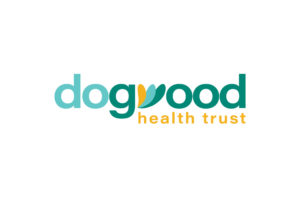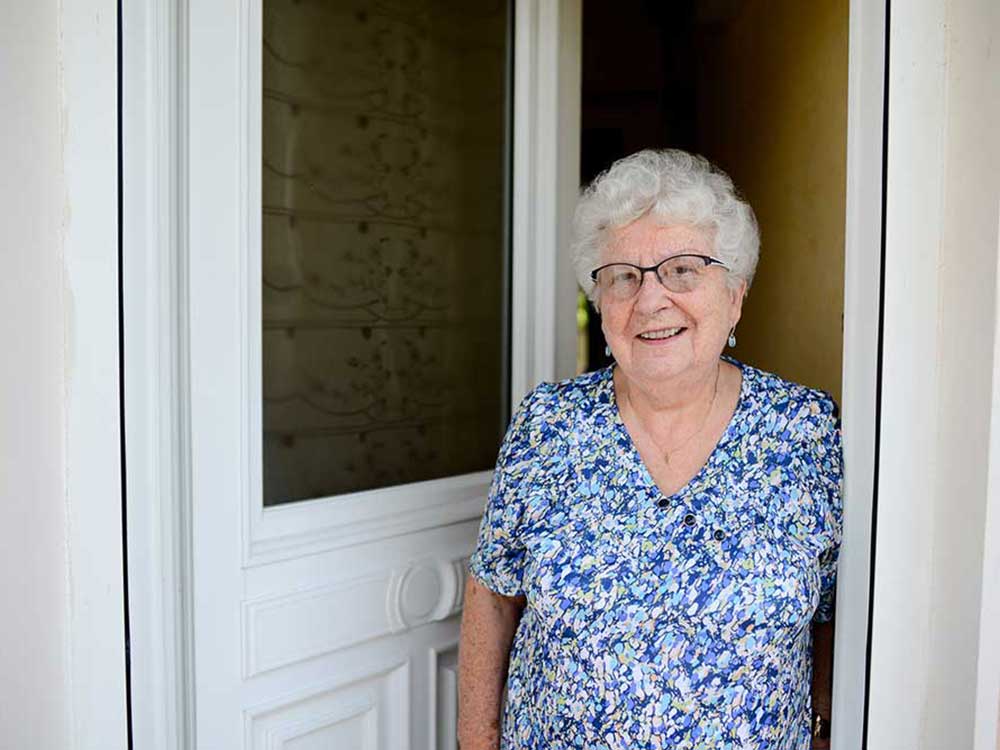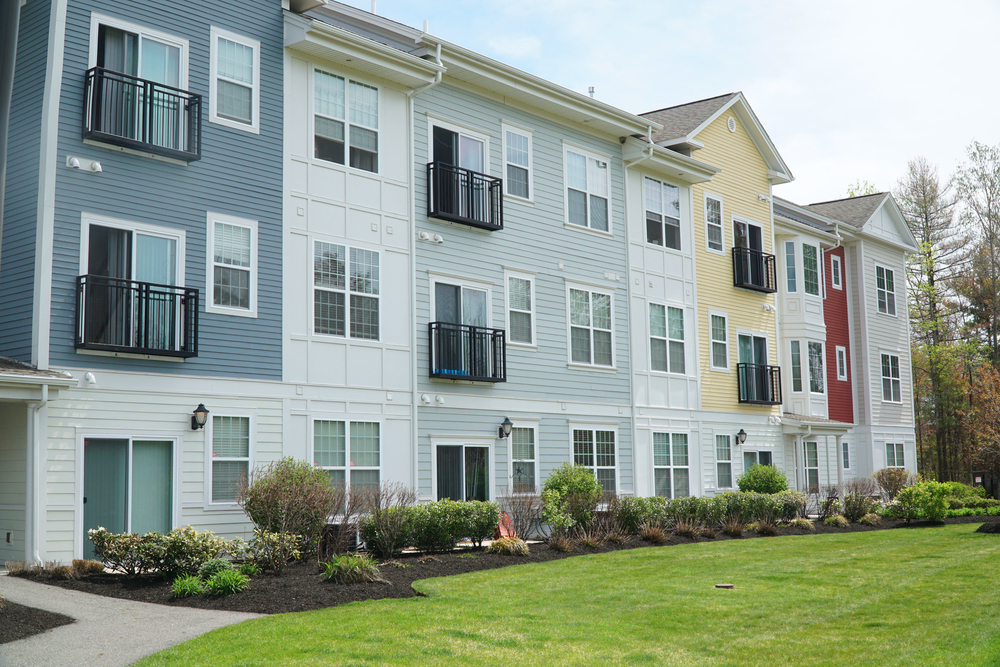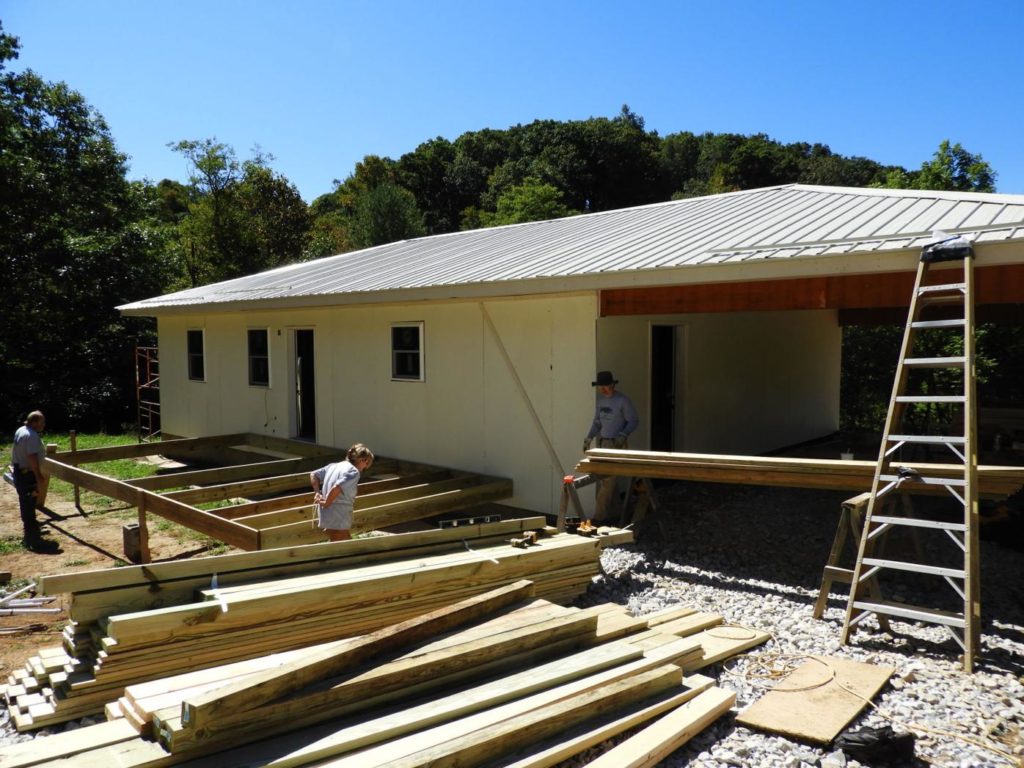ASHEVILLE, N.C. (DECEMBER 20, 2018) – To the Editor: Dogwood Health Trust, a private non-operating foundation, is truly a transformational opportunity for all of western North Carolina. For this reason we believe it is critically important to address several points made in Scott Rogers’ December 18th Letter to the Editor.
We’ll start with some complexities: each year every private non-operating foundation must make qualified distributions that equal approximately 5% of the 12-month average fair market value of its net investable assets (less allowable deductions of cash held for charitable purposes and a credit for the excise taxes paid). Said more simply if not technically perfect, every private non-operating foundation must donate approximately 5% of its total investable funds annually. The impact of this requirement for Dogwood is significantly different – yielding donations twenty times greater – than the assertion of Rev. Rogers that foundations distribute “5% of the earnings or growth for the previous year.”
Since the Trust’s Articles of Incorporation are posted publicly on the website of the NC Secretary of State and as well as at DogwoodHealthTrust.org, there is no need to “assume” its classification. These Articles of Incorporation filed with the North Carolina Secretary of State on May 16, 2018, clearly state the Trust’s intent to establish itself as a nonprofit corporation, as well as its name, purpose and sections of the Internal Revenue Code under which it is organized; specifically, “The corporation is organized and operated exclusively for charitable purposes within the meaning of Section 501(c)(3) of the Internal Revenue Code…”
The Articles also state the Trust is a private foundation and will comply with applicable requirements when recognized as such by the Internal Revenue Service. This offers the chance to correct another misstatement in the Dec 18th letter. It states, “there may not be minimum requirements for 5 percent distribution, but an average of performance/earnings.” That is simply inaccurate.
We appreciate that Dogwood Health Trust and healthcare conversion foundations are new concepts for many and are not without their real complexities. For those reasons, we recommend that those with questions access written resources or ask for facts. In this case the facts were easily discernable from the Dogwood Articles filed on May 16, and from reputable organizations such as the Council on Foundations, Grantmakers in Health, and the Internal Revenue Service, all of which have clear resources available outlining how a private foundation’s annual required minimum distribution is calculated.
Complexities aside, we believe that the focus should remain on the Trust’s sole purpose: to dramatically improve the health and well-being of all people and communities of Western North Carolina. No community anywhere in America has ever had such a blessing per capita as is Dogwood’s ability to annually provide tens of millions of dollars to improve the health and well-being of its community.
The Trust is being formed by your neighbors who are volunteering their time and good will. It is an evolution… one from which all Western North Carolinians will benefit. Together we can build something truly transformational.
Janice Brumit, Chair, Dogwood Health Trust
Asheville, NC
ABOUT DOGWOOD HEALTH TRUST
Dogwood Health Trust is a North Carolina not-for-profit corporation with the sole purpose of dramatically improving the health and well-being of all people and communities across of North Carolina. Dogwood Health Trust is the successor foundation of the not-for-profit Mission Health System should the proposed transaction with HCA Healthcare move forward. To learn more, please visit https://dogwoodhealthtrust.org/.


















